After years of riots and turmoils, Kashmir seems to be a welcoming place again for the tourists. Foreign tourists like me still have a dubious opinion about the secutity in this area, and very few still go there, while domestic tourists from all over India already come back for mainly Kashmir quietness and its legendary natural beauty.
More info: ericlafforgue.com
Houseboats are the symbols of Kashmir
The tradition of houseboats can be traced back to the mid-19th century when the region was under British colonial rule but nowadays the growing popularity of houseboats has also raised concerns about the environmental impact on Dal Lake. Pollution from houseboatsh and tourists are important challenges.
Those warning signs can be seen everywhere in town
The lake receives a significant amount of untreated sewage and solid waste. This pollution leads to harmful algae and deterioration of water quality. Sustainable management practices are essential to preserve the lake’s ecological balance for kashmiris and tourism business.
Kashmiri cuisine is famous for its rich and flavorful dishes
The street food in Kashmir can be found at every corner, and offers a unique culinary experience. Waremuth are steamed lentils sold in the streets with different spices to make them look colorful and attract buyers.
Even if Srinagar changes quickly thanks to the economy, as soon as you leave the busy areas, sometimes just across a street, you discover the local life which has not changed for years and the warmth of the kashmiris like those bakers cooking local monring bread (the tchot) in an oven
Kashmir wool, often sold under the name of “Pashmina” or “Cashmere”, is world famous for its exceptional softness and warmth
In many villages you can still discover small workshops, most of them runned by one family. Prices will double from town to town until reaching the major tourists areas of India and a big part goes to export.
Srinagar is famous for its traditional Kashmiri architecture, built with wooden structures and intricate woodwork
The wood is also very efficient to protect against the very cold weather in winter. Traditional Kashmiri homes, the kothas, feature sloping roofs, carved wooden balconies, and designed window screens. But more and more kothas are left abandoned, people move to newly build houses.
These sufi saints played an important role in the Islamization of Kashmir and many shrines can be seen all over the region
The Ziyarat Naqshband Sahab in Srinagar is a shrine dedicated to the Sufi saint Sheikh Noor-ud-din Noorani. Devotees hold on to the chains when entering the shrine as a form of devotion to the saint.
The shaving ceremony is a Sufi tradition in Kashmir
The heads of young children are shaved inside the shrine as a symbol of spiritual commitment and humility. The hair is collected and often offered at the saint’s shrine as an offering.
Charar-e-Sharif had been experiencing frequent clashes between militant groups and security forces
In 1995, a massive fire destroyed the Charar-e-Sharif shrine complex and houses around. This event with gray areas had significant implications in the history of the region. The place has been rebuilt since then, and monitored by security forces.
The sufi Makhdoom Sahib Shrine welcomes people of all faiths who come to seek blessings
The offerings, like this rice, reflect the devotion of the people toward Sheikh Hamza Makhdoom. Some devotees also offer money to contribute to the maintenance of the shrine.
The conflict in Kashmir from the late 1980s onwards, has had a significant impact on the lives of women, specially those who have participated in political activism
Many were engaged as couriers of resources between militants, including funds and arms.
Yusmarg is a picturesque meadow just few hours from Srinagar and its urban traffic jams
It is renowned for its lush green landscapes and quiet surroundings that people visit with horse ridings. Delhi residents enjoy coming here to breath fresh and pure air.
As soon as you leave the city and reach the mountains, most traditional habitations are lacking in facilities like road communication, electricity, water supply system, or medical facilities
Without cars for many families, a simple visit to the nearest doctor takes hours of walk thru the hills.
The Gujjar Bakerwal people are nomadic or semi-nomadic pastoralists
They live in the mountains during summertime in search of grazing pastures for their livestock, and go back to town in winter time whe the snow arrives. The men have usually long red beards (dyed with henna when they become shaded).
Women in these communities are responsible of tending to the livestock, milking, and preparing dairy products, base of the daily meals
Tough living that can be read on the face of this old woman.
While on the move, Gujjar Bakerwal people construct Dhuwaris (temporary houses) during the summer season to protect themselves against bad weather
Dhuwaris are afterwards abandoned, as they move down the plains. The house is divided in tow areas: a kitchen which also host the dormitory, and a space for the animals at night.
The Naranag Temple is a historic complex in Ganderbal near Kangan
This temple is dedicated to Lord Shiva. Devotees and tourists visit the temple to offer prayers and seek blessings. The complex also includes a natural spring believed to have sacred and healing properties which ends in a big pond.
Around Sonamarg, the transportation of fuel to mountainous areas can be dangerous due to the narrow and damaged roads
Sometimes during the winter months the snow can even block the roads. Solar power and hydroelectricity projects have been launched to reduce oil dependence.
Kashmir
The return of foreign visitors to Kashmir is crucial for its economy and could help dispel longstanding negative perceptions. Thank you for sharing your concise yet informative article on Kashmir.
The return of foreign visitors to Kashmir is crucial for its economy and could help dispel longstanding negative perceptions. Thank you for sharing your concise yet informative article on Kashmir.
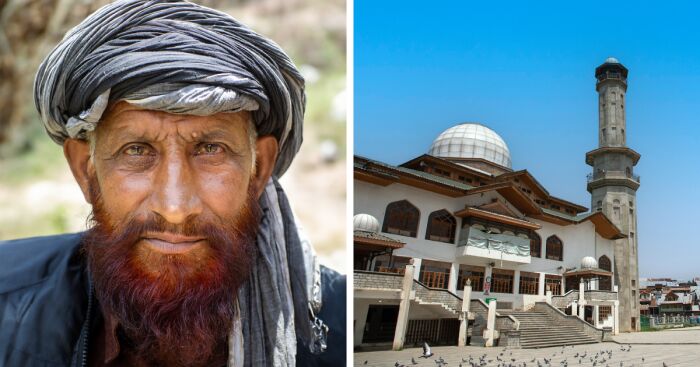
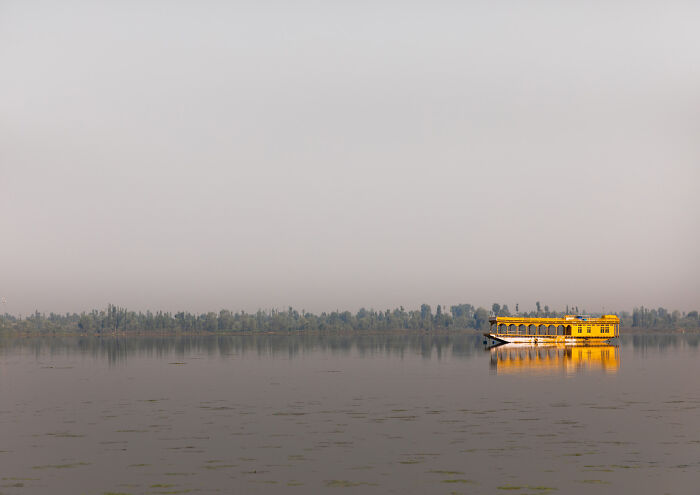
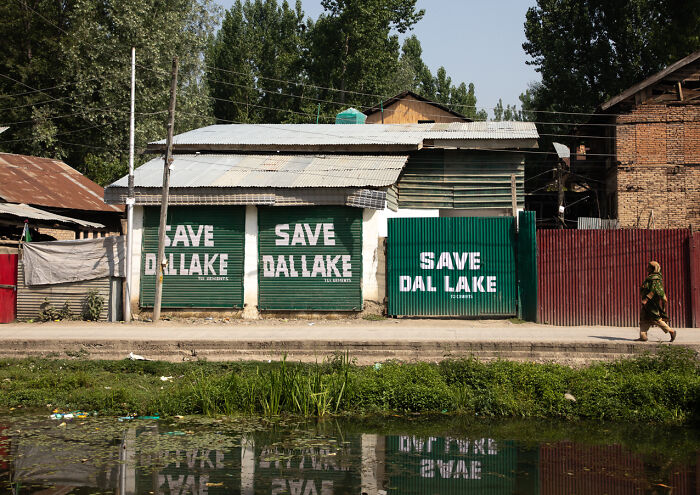
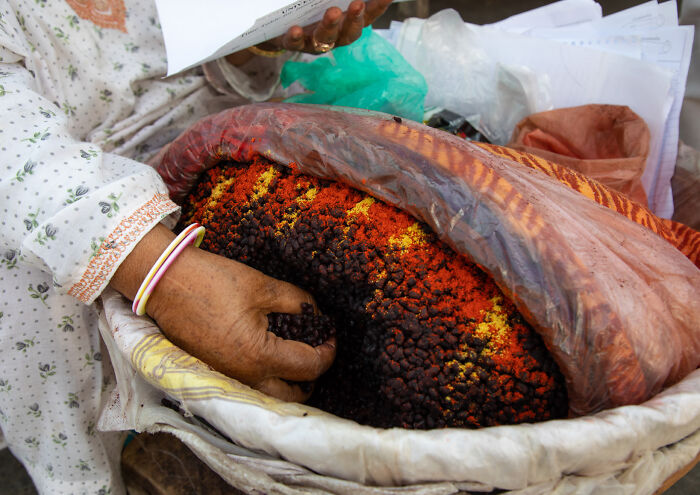
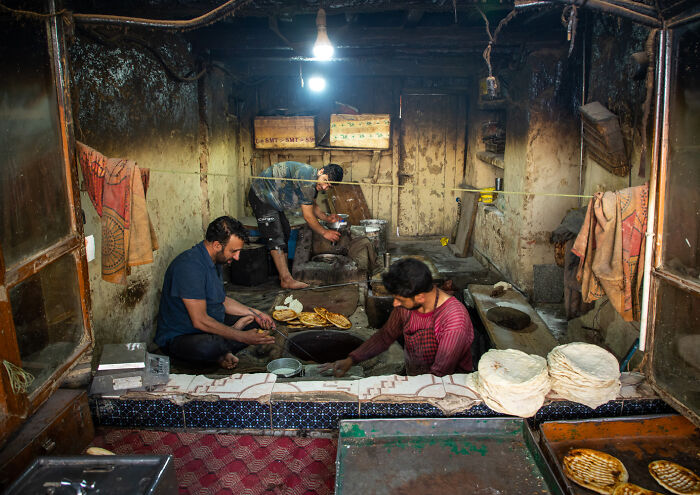
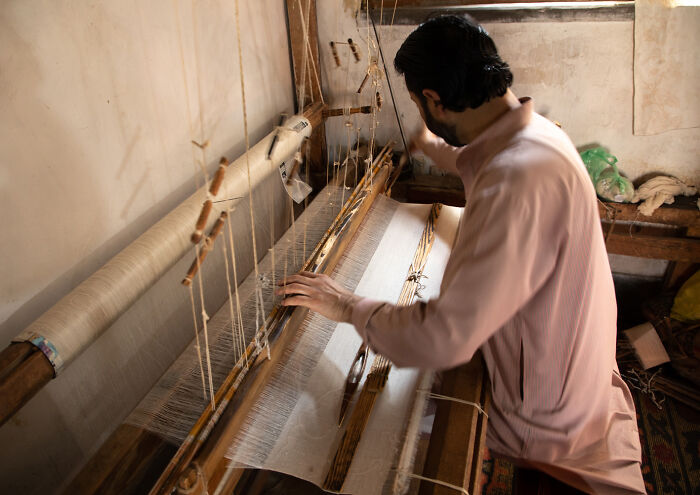
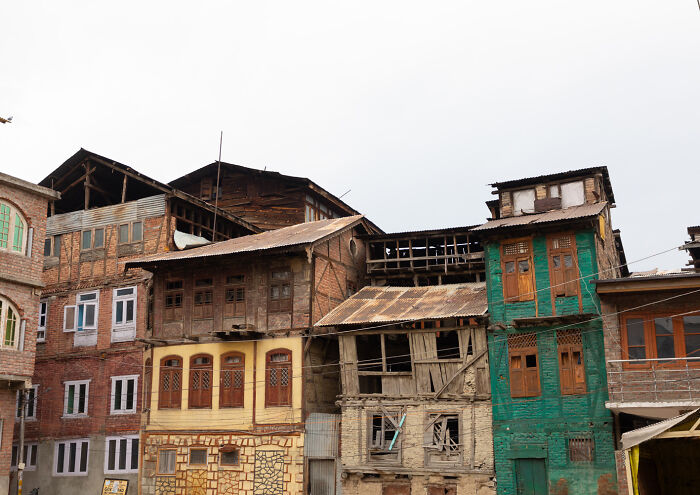
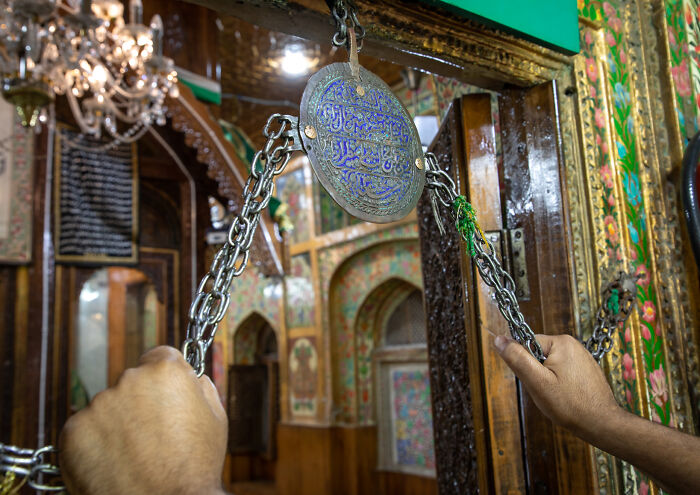
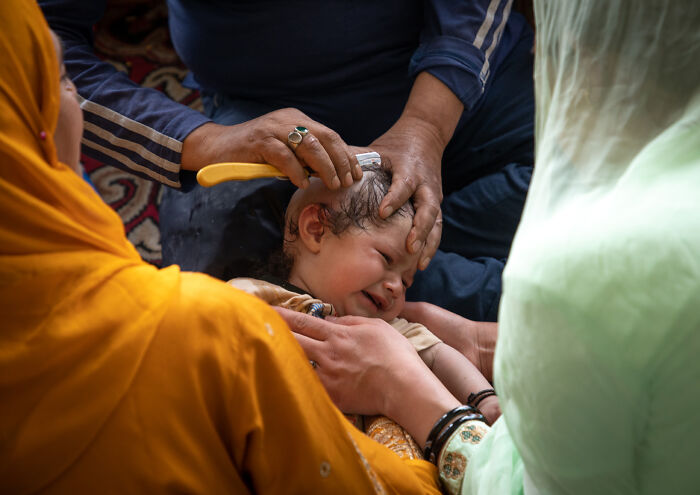
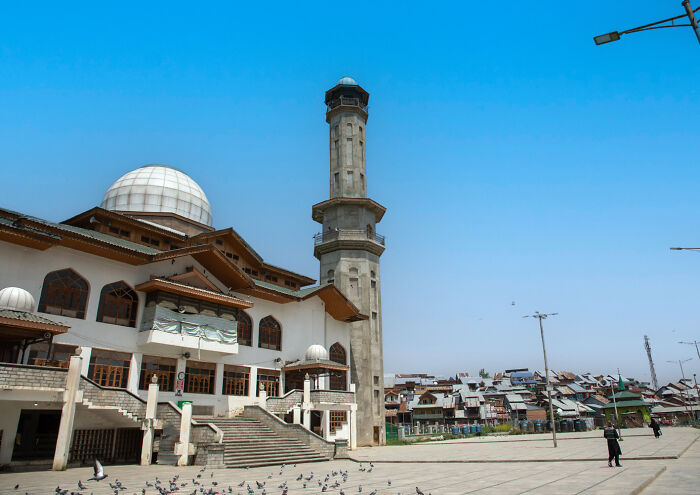
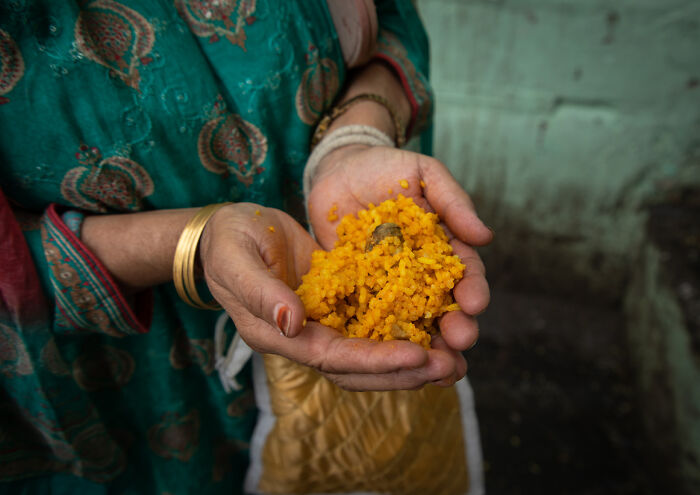
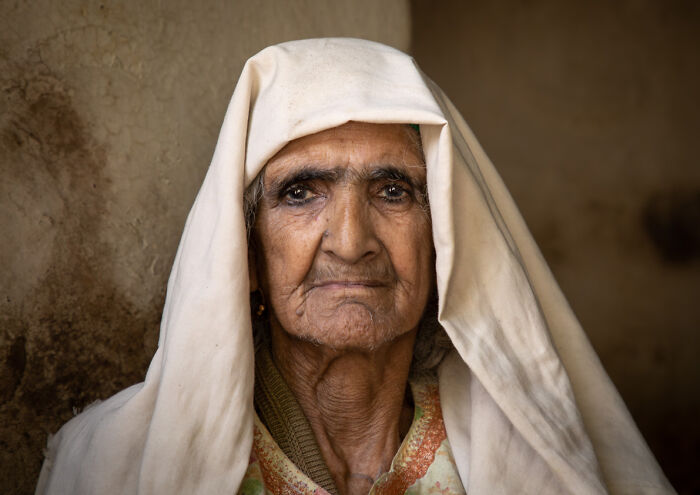
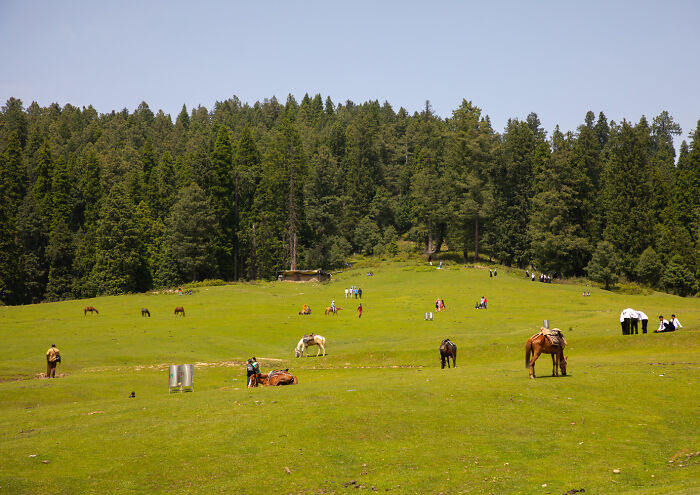
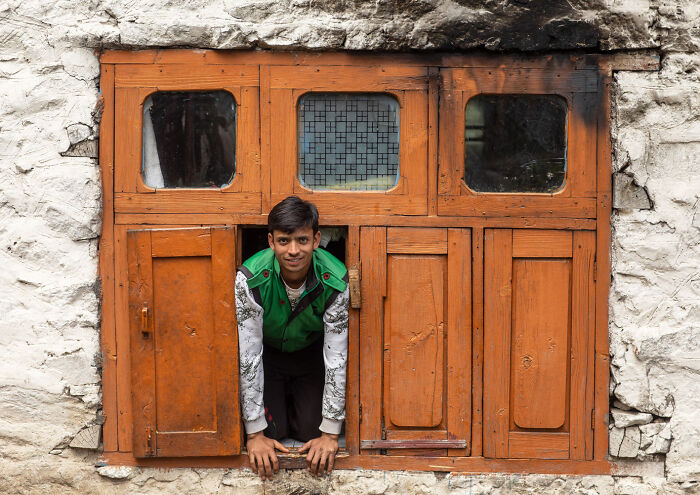
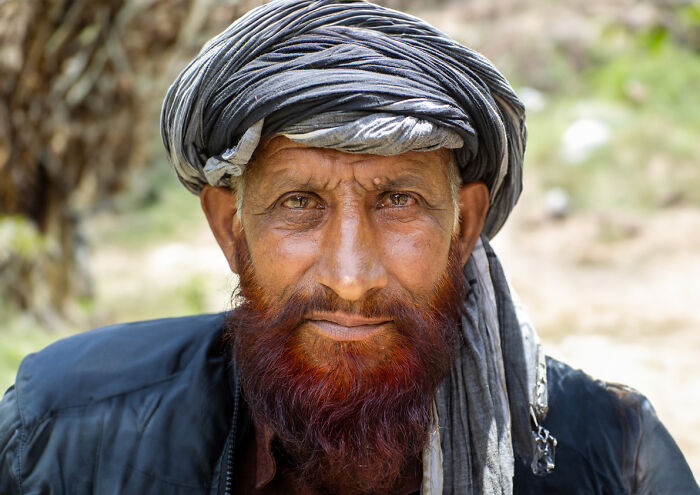
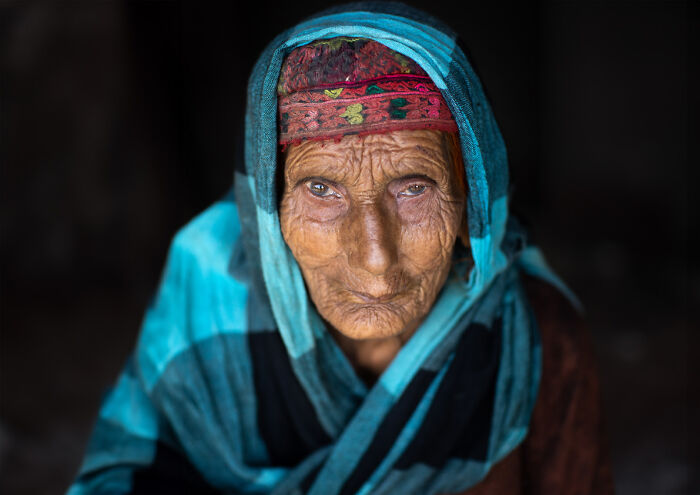
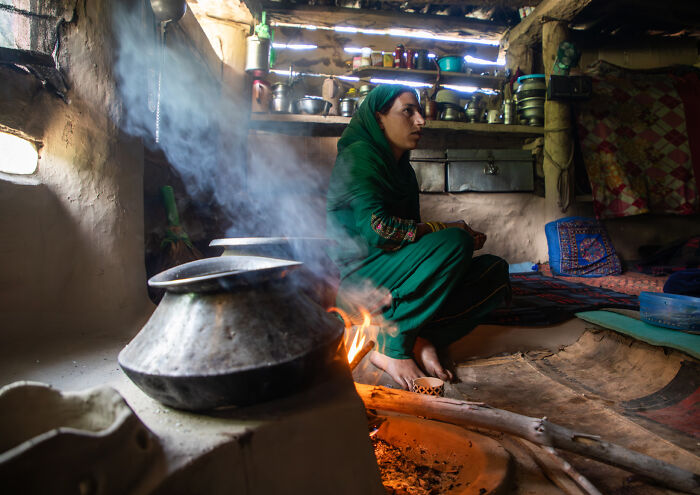
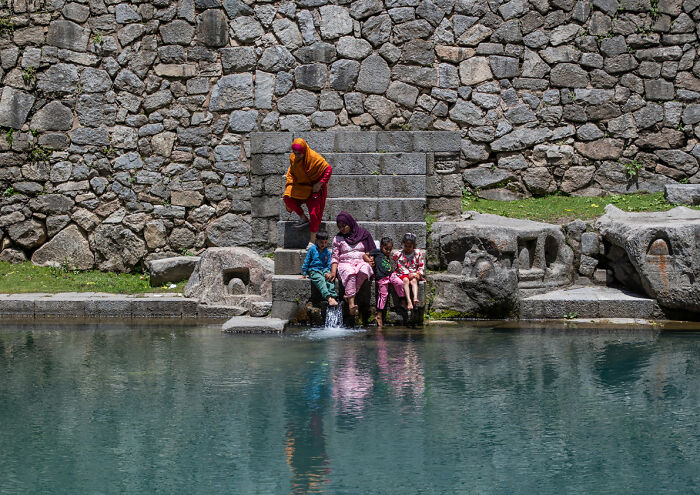
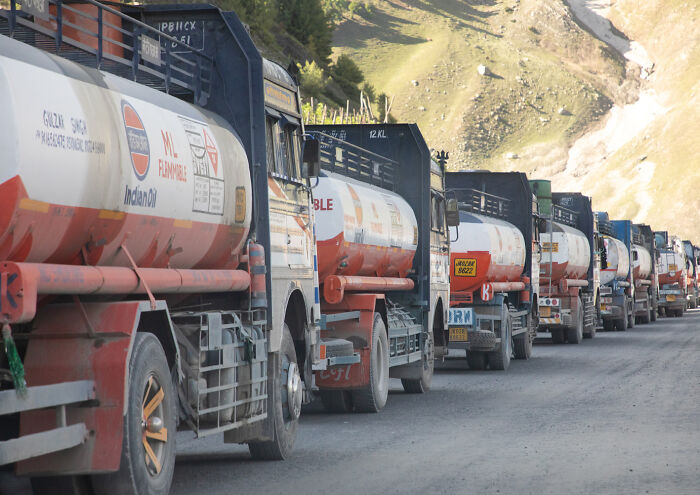
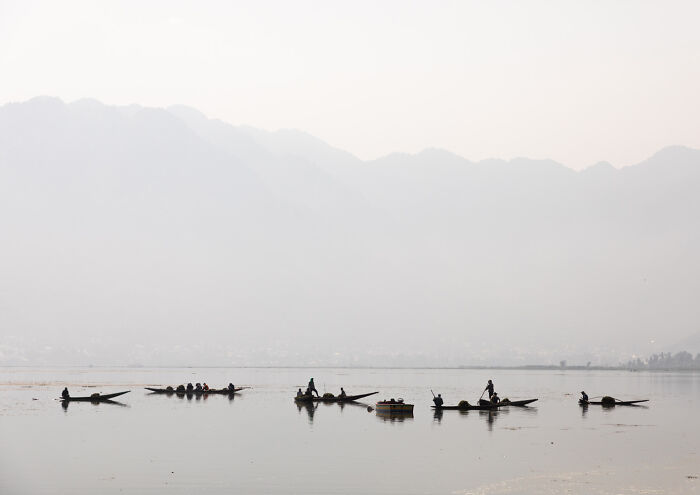
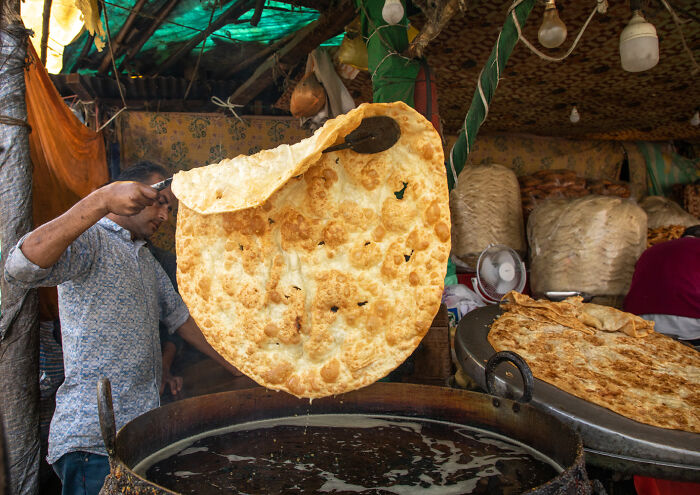




8
1